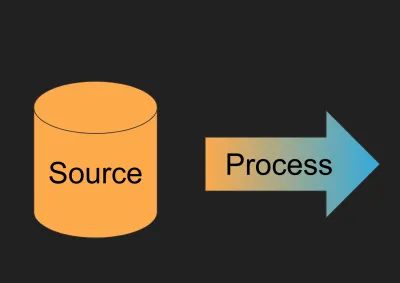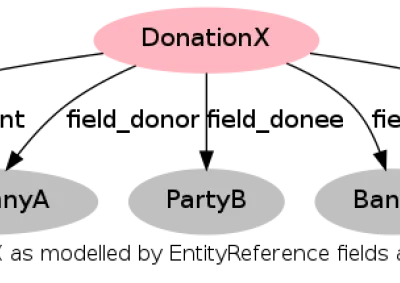Insights

Article
David Flores-Condezo presented at DrupalSouth Melbourne 2025. He touched on some beginner-friendly tips, tricks, and examples of how to tackle some problems that can come up when working as a project manager.

Case study
Morpht was able to provide IPEA with a new website on the GovCMS SaaS platform, upgraded to Drupal 9 and allow site editors to import all reporting data without the need of external help. The site also has a greatly improved page speed and a new design and interface which maximises the findability of Parliamentarian expense reports.

Case study
Morpht improved the user experience for the Australian Human Rights Commission's site through interest and behaviour-driven personalisation.

Article
An examination of the humble "list" and how content can be modelled in Drupal to be flexible, simple and editor friendly.

Article
A case study on how GovCMS8 SaaS platform was configured to handle bulk uploads and the assignment of metadata.

Article
Learn about how to use the Migration API to massage and migrate source data into Drupal. A presentation by Kelvin Wong at DrupalSouth 2019.

Article
DrupalSouth 2018 is being held in Canberra on December 3 - 5. Morpht is proud to be a gold sponsor of the event and to have three of our team presenting.

Article
Morpht has released a GovCMS demo site which demonstrates some techniques which can lead to easier more effective site builds for Government agencies.

Article
Information architecture for site builders video presentation presented at DrupalCon Sydney 2013. Find out about the horizontal aspects of Drupal, modelling multi typed objects, relationships and tips for building faceted classification.



